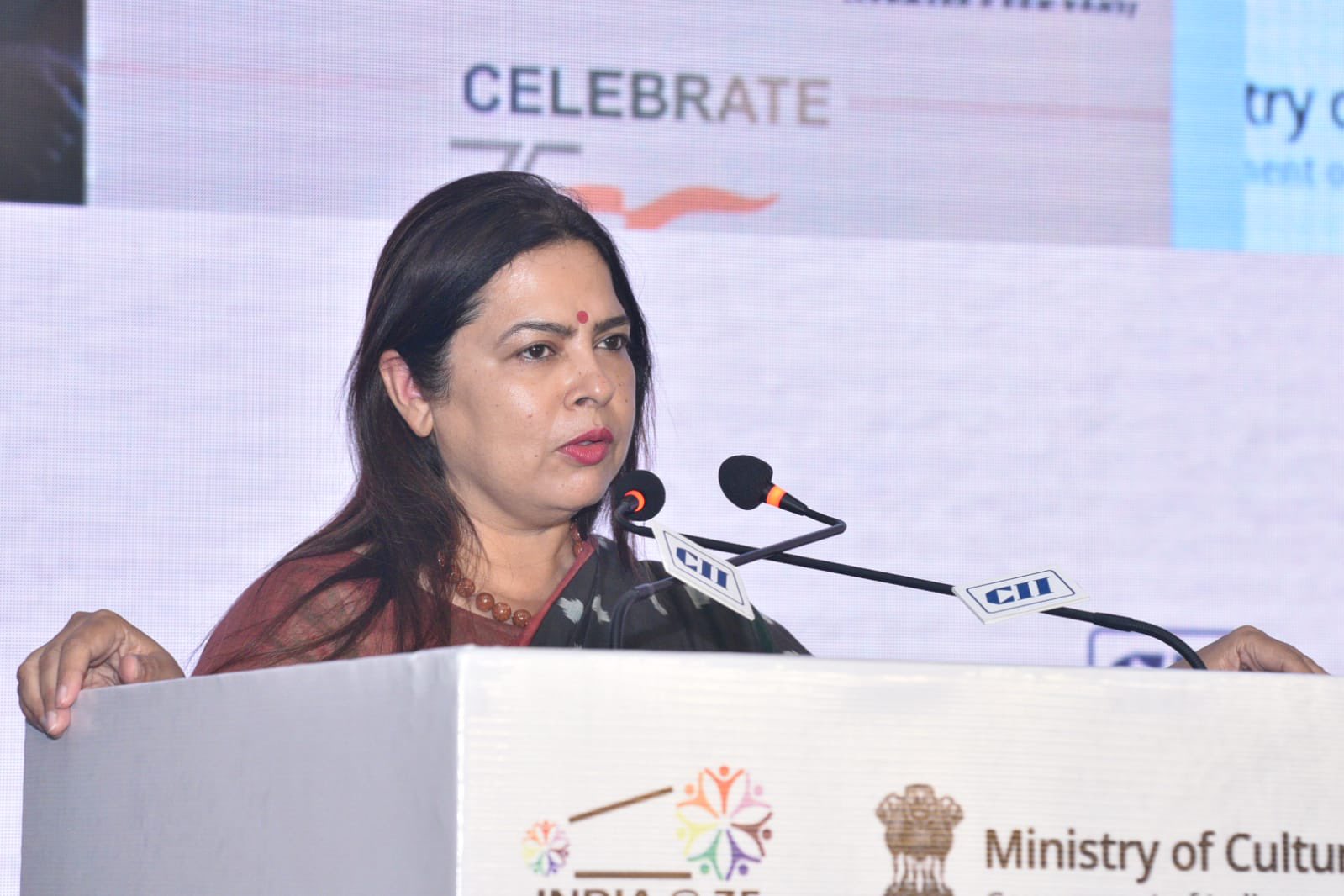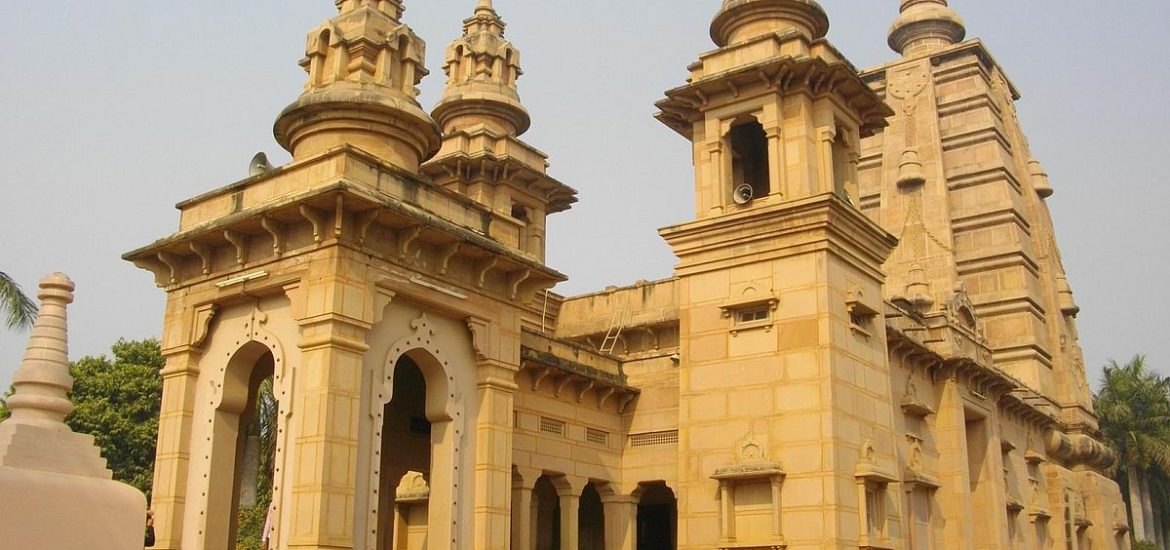Today marks a yearly renewal of India’s commitment to the popular revival of Buddhism in the national consciousness. Buddhism is an integral part of the historical legacy of India, and Indians draw great pride from their country being the traditional land of the Buddha’s enlightenment. His birth, enlightenment, turning of the Wheel of Dharma, and Mahaparinirvana are critical events in Indian history. The International Buddhist Confederation (IBC), under the guidance of the government’s Ministry of Culture, is celebrating the Ashadha Purnima on 13 July, (Wednesday), as the Dharma Chakra Pravartana Divas. This ceremony is being held at Mulagandha Kuti Vihara in Sarnath. Sarnath, which is near Varanasi and in the state of Uttar Pradesh, is the location revered for being where the Blessed One preached his first sermon and set the Wheel of Dharma in motion.
The auspicious day of Ashadha Purnima, which falls on the full moon day of the month of Ashadha as per the Indian lunar calendar, is also known as Esala Poya in Sri Lanka and Asanha Bucha in Thailand. This particular vihara also enshrines a holy relic of Shakyamuni Buddha, and has therefore been chosen with good reason by IBC for a grand Dharma Chakra Pravartana Divas.
The celebration of Ashadha Purnima is the annual flagship event of IBC and the second most sacred day for Buddhists after Buddha Purnima itself, or the Vaishakha Purnima. This year’s iteration is featuring a video address by His Excellency the Hon’ble President of India, Shri Ram Nath Kovind and the Hon’ble Prime Minister of India, Mr. Narendra Modi. The video is being shown at the outset of the program, while the distinguished Speakers at the celebrations are: the Hon’ble Governor of Uttar Pradesh, Smt. Anandiben Patel as chief guest, with the guest of honor being the Hon’ble Minister of State for External Affairs & Culture, Smt. Meenakashi Lekhi.

Before the program begins in earnest, Smt. Anandiben Patel will seek the blessing from the Holy Buddha Relics with senior monks and Buddhist leaders in attendance. They are being joined by other dignitaries and patriarchs of Buddhist sanghas from around Asia, eminent masters, scholars from around the world and IBC chapters, and member organizations. As the IBC press release notes: “As the leading Buddhist world body, the International Buddhist Confederation (IBC) is fulfilling the collective aspirations of Dharma followers worldwide by putting together an impressive celebration to commemorate this very auspicious day. The focus of the ‘Talks and Presentations’ will be on the ‘Significance of Ashadha Purnima.’” Furthermore, for the first time, there will be a unique, live demonstration of the vigorous style of the Nalanda Debate (religious shastrarth or Vad-Vivad). According to IBC, “This involves two debaters arguing on their understanding of Dharma in the Tibetan language with a translator explaining each one’s arguments. This demonstration will provide a glimpse of the Buddhist version, nuances of the Dharma and its practice in the Monasteries around the country, as a learning method for the young Monks of today.”
The Mulagandha Kuti Vihara as it stands today is a relatively recent building, a monumental achievement of Anagarika Dharmapala in November 1931. Yet there are mentions of a much older edifice of the same name in the records of Xuanzang, and has foundations dating to at least the post-Ashoka, Kushana period. With this venerable history in mind, Dharmapala built a temple that was as close as possible to where Lord Buddha is thought to have conducted his first sermon, and so today stands just 200 meters east of the famous Dhamekha Stupa. In turn, this much more ancient stupa marks the area of the Buddha’s first teaching (after attaining Enlightenment) to his first five ascetic disciples (pañcavargiya) on the full-moon day of Ashadha at the Deer Park, Ṛiṣipatana Mrigadaya. The Buddha’s earliest teachings, which comprise the Four Noble Truths and the Noble Eightfold Path are contained in the Dhamma-Cakka-Pavattana Sutta (Pali) or Dharma-Chakra-Pravartana-Sutra (Sanskrit).
The Rainy Season retreat (Varsha Vassa) for the bhikkhus and bhikkhunis also starts on Ashadha Purnima, lasting for three lunar months from July to October. During this time, the monastic community traditionally remains in a single place, staying in their temples and engaged in intensive meditation. They are served during this period by the lay community, which also observes Uposatha (observing the eight precepts and meditating under the guidance of their teachers).
See more
Mulagandha Kuti Vihara – Sarnath (Kevin Standage)


